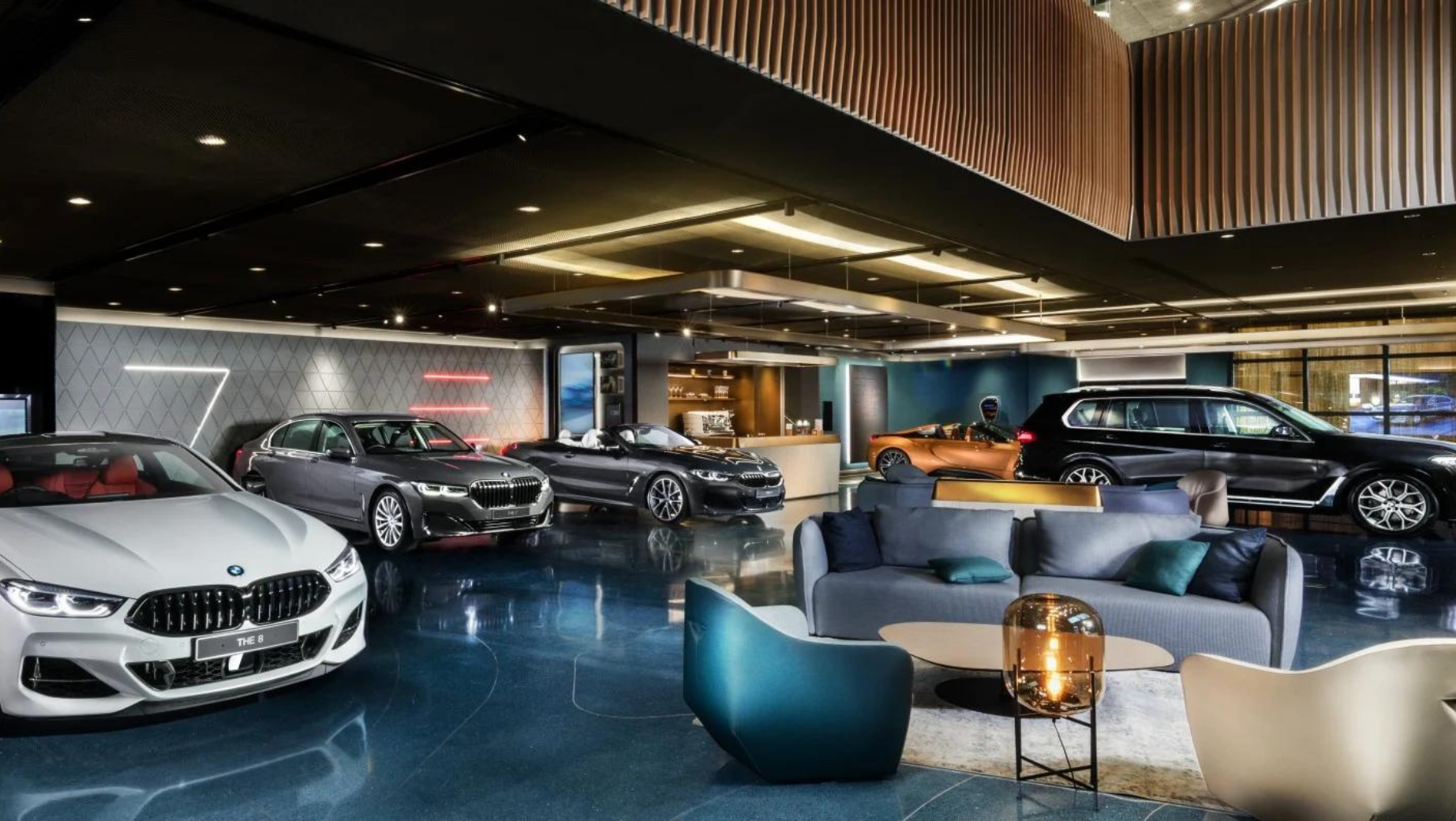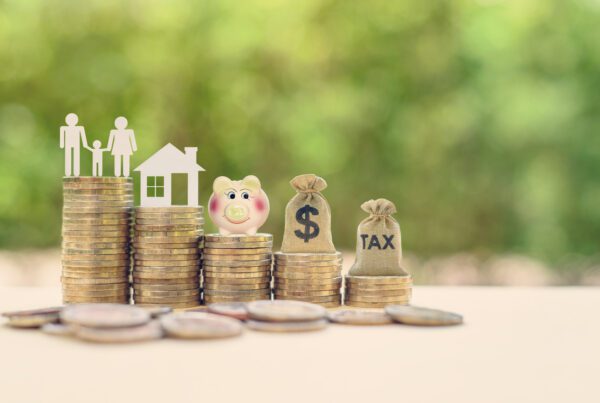Many of our clients purchase a motor vehicle through their business. Understanding how the GST process works, will ensure you make the correct decision and understand how this purchase will affect your business when tax time rolls around.
Buying a car through your business
Business owners looking at purchasing a new car that costs more than $57,466 (which is the car depreciation limit ) need to be aware of the special rules that apply because cars exceeding this amount have limits to the amount of GST you can claim.
Let’s look at a few examples
If your business buys a new car for a total of $40,000 + GST (Total $44,000), this would be made up of $40,000 for the car itself and $4,000 (10% * $40,000) GST. In your next BAS, you would claim the full $4,000 of GST paid. So, if for some reason this was the only transaction that your business had for the BAS quarter, this $4,000 would be refunded to your business.
Imagine now that the new car cost $110,000, and that this represented $100,000 for the car and $10,000 GST.
The ATO’s Car depreciation limit for 2014-15 is $57,466 GST inclusive. This means that for GST purposes, vehicles that cost more than this amount are treated in two ways:.
Firstly, the amount up to $57,466 GST can be claimed on this amount as per the example above. This means that 1/11th of the total (1/11 * $57,466 = $5,224) can be claimed on the next BAS.
Secondly, the remaining $52,534 ($110,000 – $57,466) is treated differently for GST. This is because this amount is over the car depreciation limit and therefore GST cannot be claimed. So even though your business has paid a total of $10,000 GST to the car dealer, only $5,224 can be claimed back. The car dealer must hand on the full $10,000 GST charged to the tax office, but the customer (your business) is only able to claim $5,224, so there is an imbalance in favour of the ATO, with your business responsible for paying the shortfall.
Please note this only related to Motor Vehicles. For most other asset such as a piece of machinery, if you bought it for $110,000 you would generally be able to claim the full $10,000 GST in the next BAS.
Selling a car
Let’s return to the car that you purchased for $44,000. Imagine that this vehicle is now sold for $22,000. As with the purchase, the sale price is split into $20,000 for the car and $2,000 GST. On the next BAS, your company must report and remit the $2,000 GST that it has received from the buyer of the car to the ATO, leaving you with $20,000 in your bank.
With the $110,000 car, imagine it is now sold for $77,000. This would be split into $70,000 sale proceeds for the car, and $7,000 GST collected. As with the sale above, this full amount of GST must be remitted to the ATO when the next BAS is lodged. The end result for GST for your company on this car is that you have only been able to claim $5,224 of GST on the purchase, but have had to pay the full $7,000 on the sale. This treatment is correct and something to be aware of when selling a car.
What does this mean for you?
It means that you will need to ensure all calculations are completed and carefully considered before purchasing a car so you can assess the effectiveness of purchasing a car in your Business Entities.
Please note that GST treatment is just one of many issues to be considered when purchasing a luxury vehicle -if you would like some straight talking advice regarding buying and selling a vehicle in your business, contact us here.







